I would like help solving the equation below for Fn within matlab or Octave (preferably).
What I know is the following:
- MG = 1.3
- QE = 0.52
- LN = 3.5
Because I am following this reference(https://www.ti.com/seclit/ml/slup263/slup263.pdf) I know the answer for FN should be 0.65. Page 24 shows the values I am using, and the design I am following.
The answer my script gives when looking at what I tried is incorrect, which can be seen at the very bottom.
What I am trying to solve for is where the Green Arrow is pointing within the curves shown below. The equation shown for MG creates these curves. I realise I have an equation with only 1 unknown, but, I can't come up with a way to solve this equation using matlab or octave.
I'm hoping to see some ones solution to the problem, otherwise, help me through this issue.
My Attempt at solving the equation is below
The answer I get is below as well



